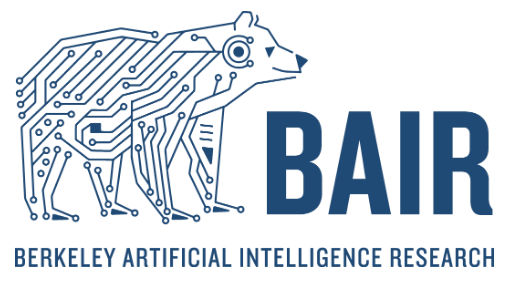This tech news feed is from “Berkeley Artificial Intelligence Research”, a tech platform that provides an accessible, general-audience medium for BAIR researchers to communicate research findings, perspectives on the field, and various updates. Posts are written by students, post-docs, and faculty in BAIR, and are intended to provide relevant and timely discussion of research findings and results, both to experts and the general audience. Posts on a variety of topics studied at BAIR will appear approximately once every two weeks. You can preview the latest news feed for “Berkeley Artificial Intelligence Research” here at Bookmarks For Techs.
Berkeley Artificial Intelligence Research
Daily News Feed
- As computer vision researchers, we believe that every pixel can tell a story. However, there seems to be a writer’s block settling into the field when it comes to dealing with large images. Large images are no longer rare—the cameras we carry in our pockets and those orbiting our planet snap pictures so big and […]
- Every year, the Berkeley Artificial Intelligence Research (BAIR) Lab graduates some of the most talented and innovative minds in artificial intelligence and machine learning. Our Ph.D. graduates have each expanded the frontiers of AI research and are now ready to embark on new adventures in academia, industry, and beyond. These fantastic individuals bring with them […]
- AI caught everyone’s attention in 2023 with Large Language Models (LLMs) that can be instructed to perform general tasks, such as translation or coding, just by prompting. This naturally led to an intense focus on models as the primary ingredient in AI application development, with everyone wondering what capabilities new LLMs will bring. As more […]
- The structure of Ghostbuster, our new state-of-the-art method for detecting AI-generated text. Large language models like ChatGPT write impressively well—so well, in fact, that they’ve become a problem. Students have begun using these models to ghostwrite assignments, leading some schools to ban ChatGPT. In addition, these models are also prone to producing text with factual […]
- Asymmetric Certified Robustness via Feature-Convex Neural Networks TLDR: We propose the asymmetric certified robustness problem, which requires certified robustness for only one class and reflects real-world adversarial scenarios. This focused setting allows us to introduce feature-convex classifiers, which produce closed-form and deterministic certified radii on the order of milliseconds. Figure 1. Illustration of feature-convex classifiers […]
- Goal Representations for Instruction Following A longstanding goal of the field of robot learning has been to create generalist agents that can perform tasks for humans. Natural language has the potential to be an easy-to-use interface for humans to specify arbitrary tasks, but it is difficult to train robots to follow language instructions. Approaches like […]
- Rethinking the Role of PPO in RLHF TL;DR: In RLHF, there’s tension between the reward learning phase, which uses human preference in the form of comparisons, and the RL fine-tuning phase, which optimizes a single, non-comparative reward. What if we performed RL in a comparative way? Figure 1: This diagram illustrates the difference between reinforcement […]


